Rome continues to return treasures buried beneath its millennia-old layers. In the heart of the city, a small but valuable fragment of Renaissance history has resurfaced during excavations for the construction of the Underground Line C underway in Piazza Venezia. A terracotta vase containing three bronze commemorative medals dating back to 1465, all bearing the effigy of Pope Paul II, was found inside the 15th-century foundations of Palazzetto Venezia.
The discovery occurred during operations conducted by the Special Superintendence of Rome as part of work commissioned by Roma Metropolitane on behalf of Roma Capitale and carried out by the Metro C company, led by Webuild and Vianini Lavori. The medals, carefully laid down at the time of the building’s construction, offer evocative evidence of augural practices related to 15th-century construction.
“The discovery of these medals,” comments Daniela Porro, Special Superintendent of Rome, “likely hidden at the time of the building’s construction reveals to us an auspicious practice connected with the building activity of the late 15th century. It is suggestive that the discovery occurred during the current Jubilee, because it is an opportunity to enrich our knowledge about a very special aspect of daily life and practices related to commemorative, if not superstitious, traditions connected with the building activity of the Rome of the popes in the Renaissance.”
The Palazzetto Venezia, built at the behest of Paul II in 1467 as an extension of the Palazzo Venezia, had been moved in the early twentieth century to allow for the scenic enlargement of the square and the construction of the Vittoriano. Even then, archaeologist Rodolfo Lanciani had documented similar finds: coins and medals tracked down during the rebuilding of the foundations, also ranging in number from three to five, evidence of a widespread ritual.
Confirmation also comes from the words of Marta Baumgartner, archaeologist of the Superintendency and scientific director of the excavation: “Concealing these objects in the plinths of large and small buildings is an auspicious practice of a much older tradition, connected to a kind of foundation rite linked to the building of important complexes such as palaces and churches, for example, but which is also found, even today, in the most common private construction.”
The value of the find is twofold: on the one hand it enriches knowledge about the construction of the Palazzetto, and on the other it illuminates the continuity of ritual practices in the city’s history. According to Luigi La Rocca, Head of the Department of Protection of the Ministry of Culture, the excavation in Piazza Venezia confirms the extraordinary stratification of the capital: “The excavation in Piazza Venezia has already uncovered important structures from the Roman period, but the discovery of the small treasure hidden in the foundations of Palazzetto Venezia, in addition to the historical value of the find, which attests to the date of the building complex’s construction in 1467, once again highlights the extraordinary depth of the city’s historical stratification, confirming how it is possible, thanks to coordination and collaboration between institutions, to combine the realization of a fundamental public work with the research and protection of Rome’s extraordinary archaeological heritage. The constant commitment of the Ministry, in particular of the Special Superintendence of Rome, is a guarantee of the correct direction, on a technical and scientific level, of the research activities, the conservation of the archaeological palimpsest and the enhancement of the finds that will be exhibited, therefore returned to the city and to the tourists who crowd it, inside the station, what is the true meaning of protection.”
The prospect, then, is to return these finds to public visibility. In fact, the medals, after studies and necessary conservation work, will be displayed inside the new station, a modern infrastructure transformed into a place of memory that dialogues with the city’s millennial past.
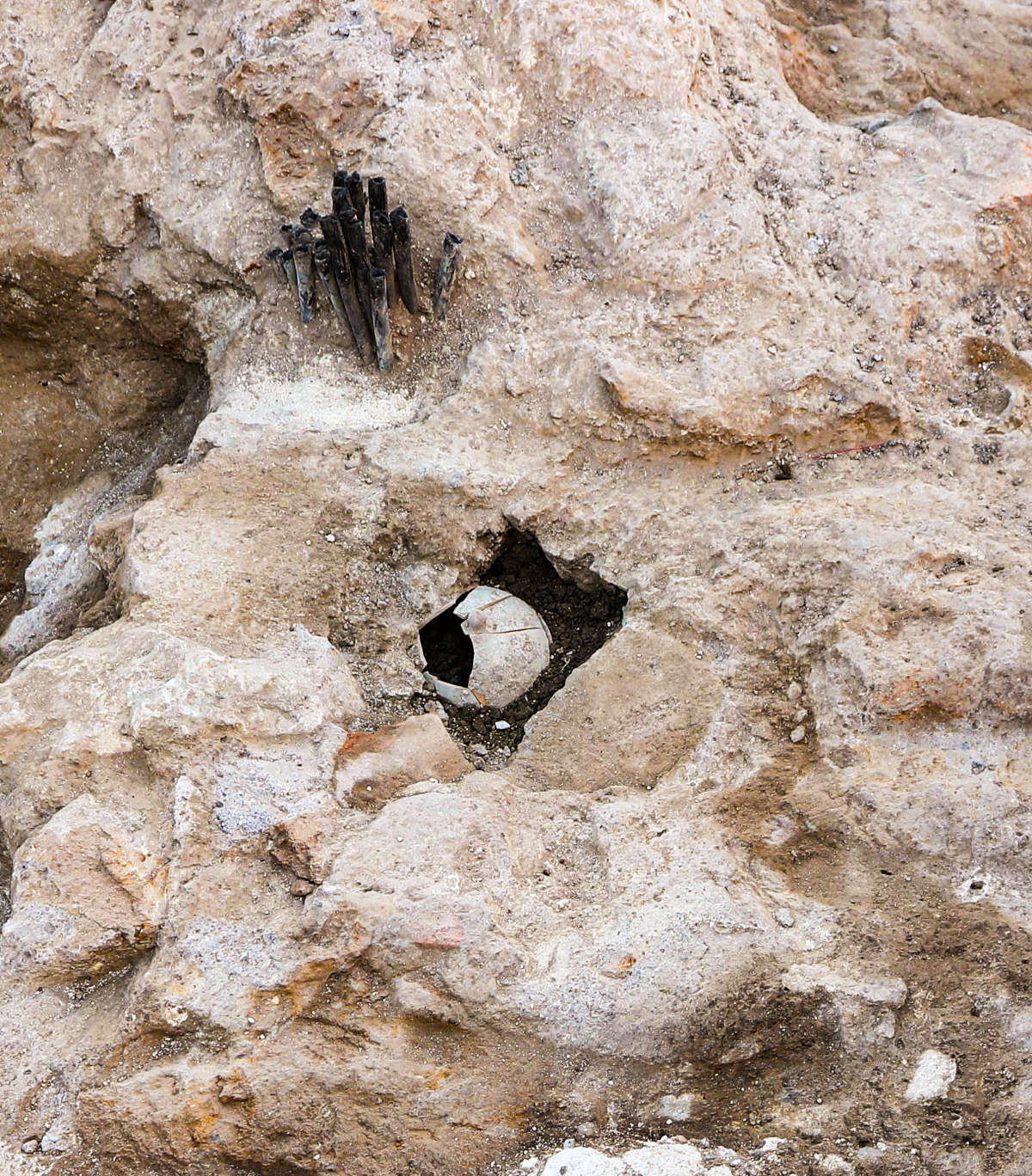
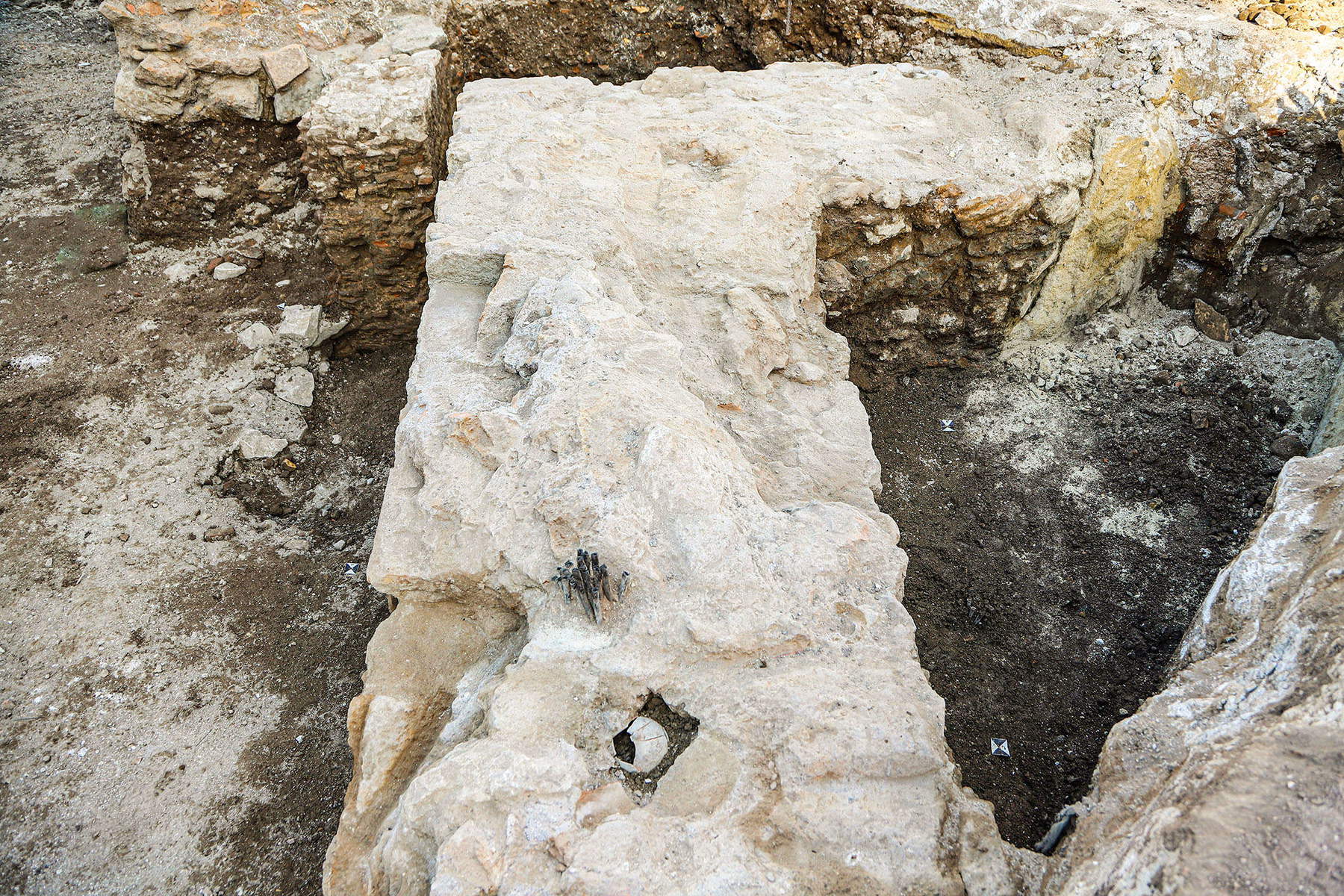
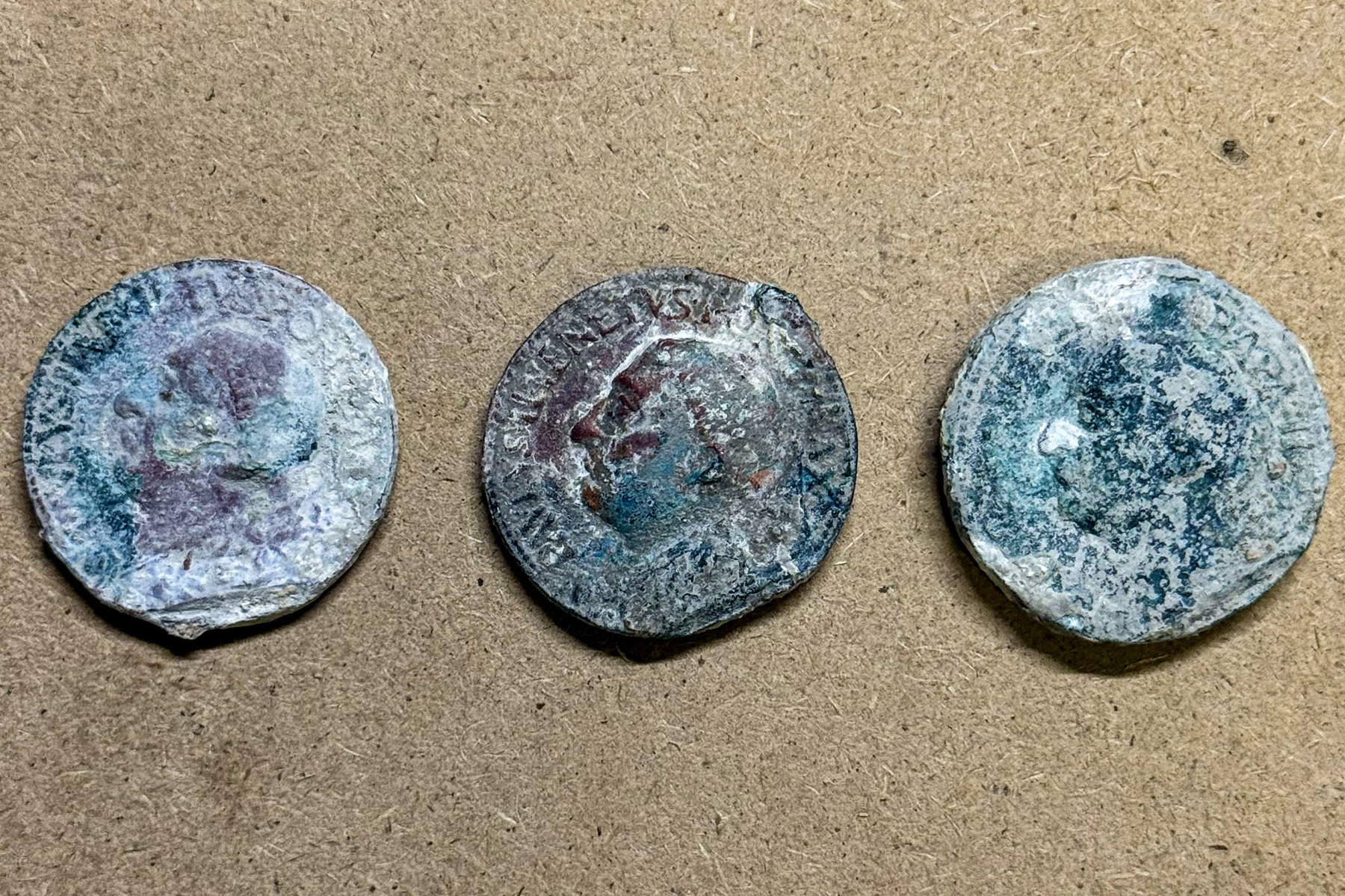
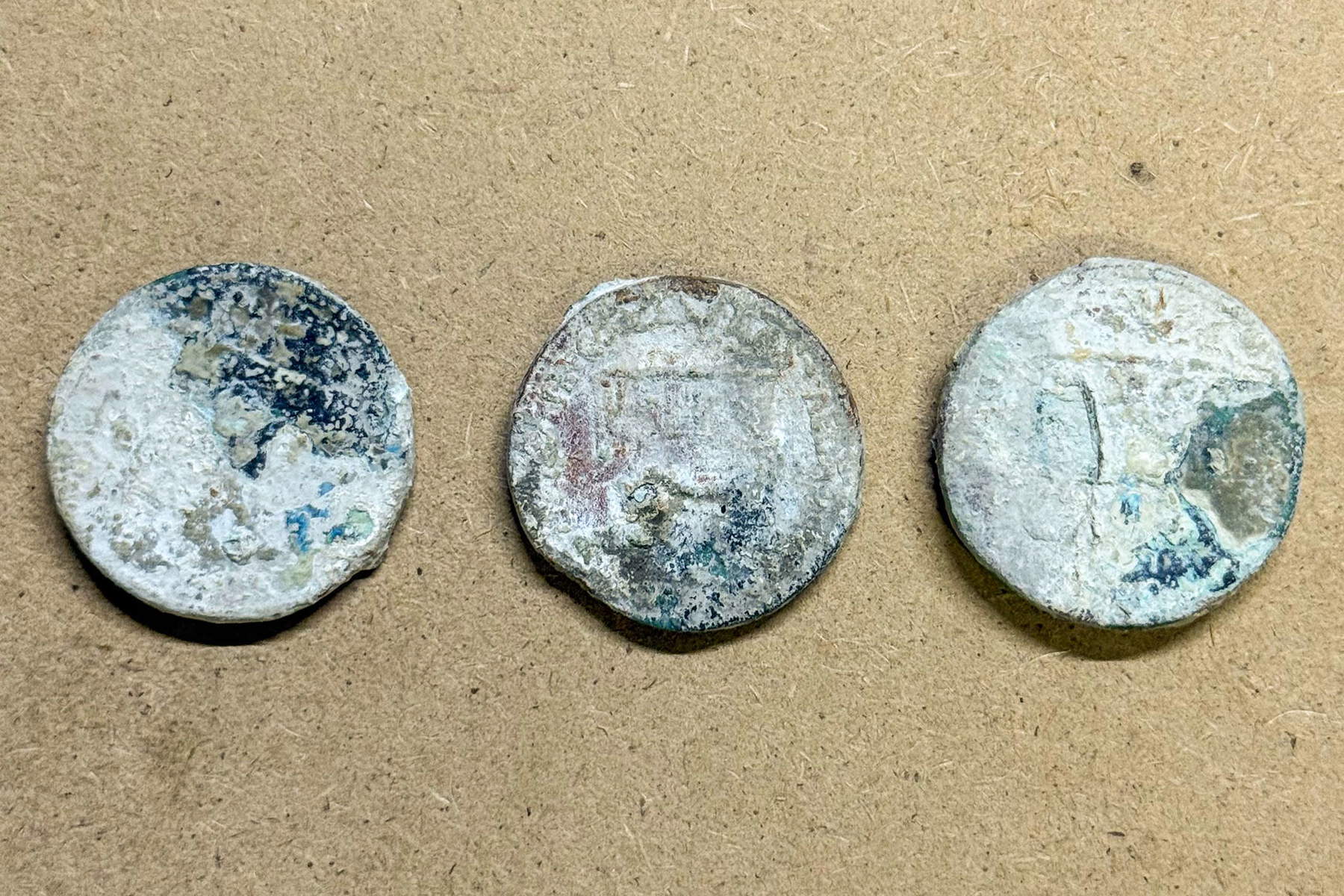
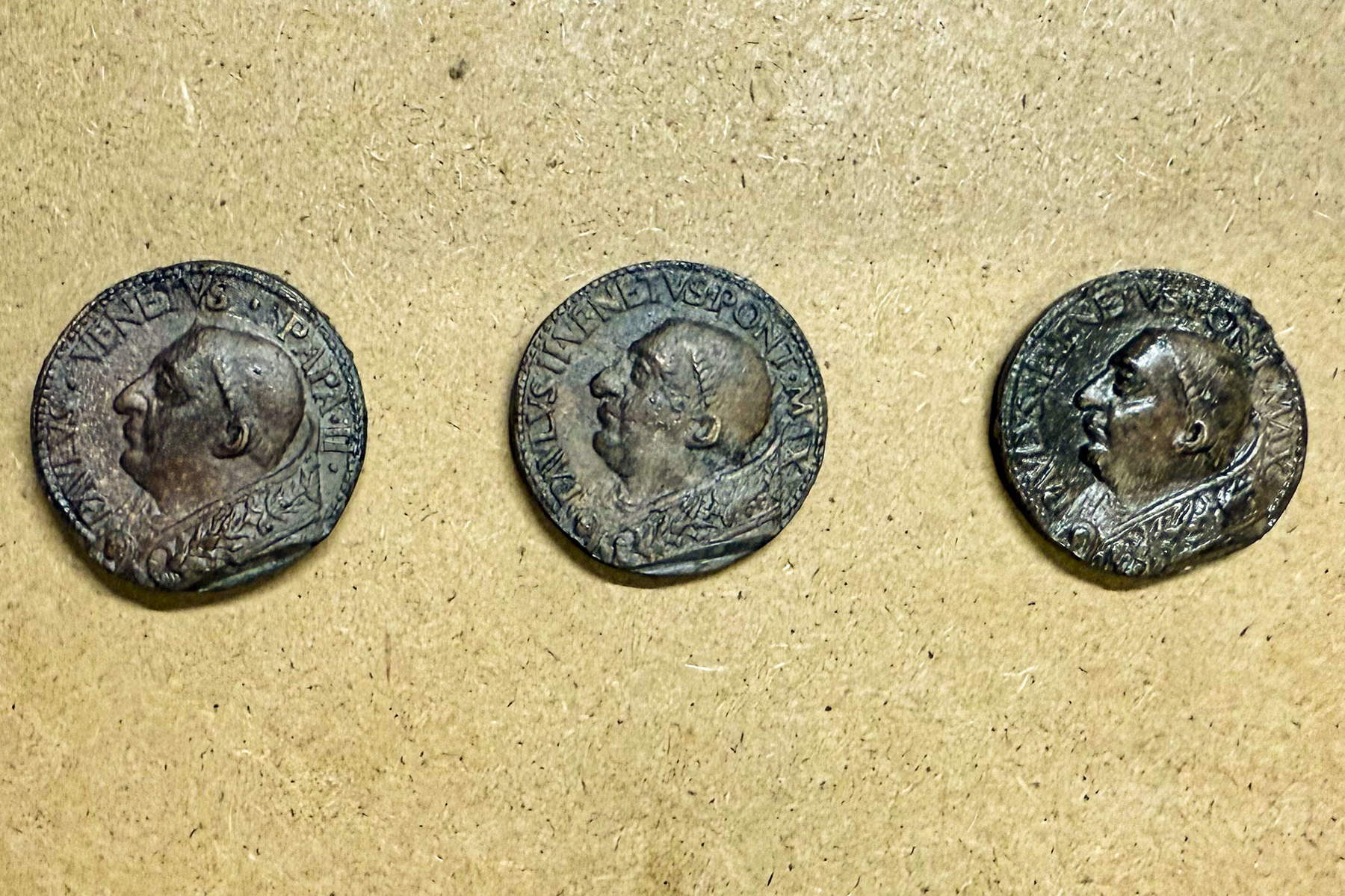
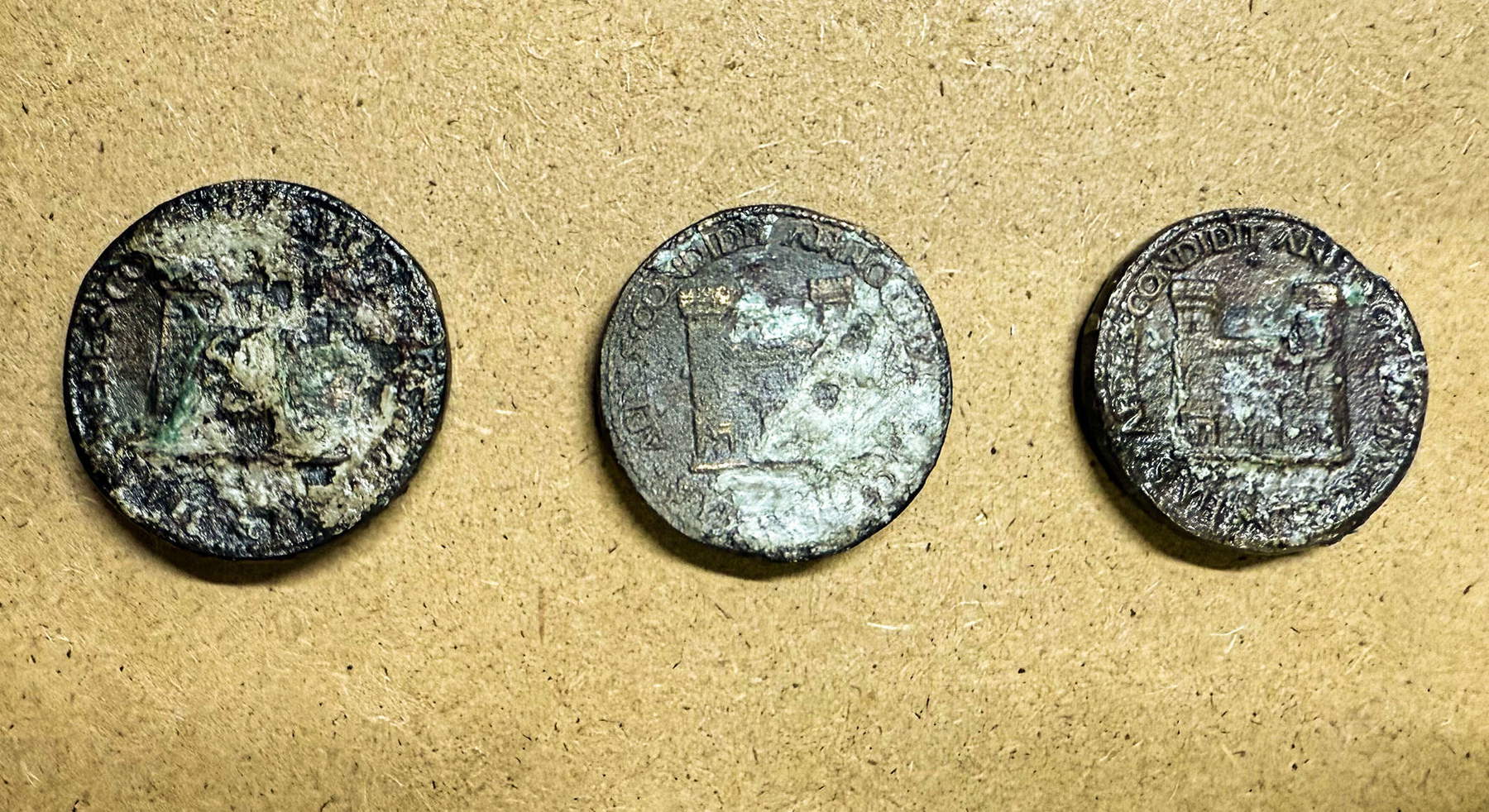
The discovery cannot be separated from the figure of the pontiff who commissioned its construction. Pietro Barbo, born in Venice in 1417 into a patrician family of merchants, became pope in 1464 with the name Paul II. His ecclesiastical career was rapid: initiated by his uncle Gabriele Condulmer, the future Pope Eugene IV, into humanistic studies, he was already a cardinal at only 23 years of age. In 1451 he obtained the titularity of the diocese of St. Mark’s, and it was in that capacity that he began the construction of the Palazzo Venezia, initially called St. Mark’s.
His election as pontiff was surprising. Upon the death of Pius II Piccolomini, the conclave unanimously chose him on the first ballot. The choice of name was not easy: Barbo had thought of Formosus II, in reference to his own appearance, and Mark II, in homage to his Venetian origins, but both were discarded. He thus opted for Paul II, in homage to the apostle of the Gentiles.
His pontificate was marked by lights and shadows. He founded the Istropolitan University, the first university in Slovakia, and promoted restorations of Roman monuments. However, he antagonized the Italian academies for suppressing the Accademia Romana, deemed suspected of paganism, and for forbidding the study of pagan poets by young Romans.
Two years after his election, Paul II decided to expand the building complex with the construction of the Palazzetto, where he lived for a long time. Upon his death, the building was completed by his nephew Marco Barbo, patriarch of Aquileia. From the 16th century, the history of the Palazzo and Palazzetto became intertwined with the political events of the peninsula: in 1564 Pope Pius IV donated them to the Republic of Venice in recognition of its adherence to the Council of Trent, turning them into the Serenissima’s first permanent embassy in Rome.
In 1797, with the annexation of Venice to the Habsburg Empire, the complex passed to Austria as its diplomatic headquarters. During the Napoleonic era it became the property of the Kingdom of Italy founded by Bonaparte, but with the Restoration it returned under Austrian control, partly housing students from the Academy of Fine Arts in Vienna.
The beginning of the twentieth century marked a new turning point. With the urban transformation of capital Rome and the construction of the Vittoriano, the Palazzetto was dismantled and rebuilt in 1910 on the western side of St. Mark’s Church, reusing some of the original material. In 1916, during World War I, it passed to the Italian state through an expropriation decreed in response to the bombing of Venice by the Austrians. Since 2006 it has been part of the Palazzo Venezia National Museum.
 |
| Rome, discovery in Palazzetto Venezia: three medals of Pope Paul II from 1465 |
Warning: the translation into English of the original Italian article was created using automatic tools. We undertake to review all articles, but we do not guarantee the total absence of inaccuracies in the translation due to the program. You can find the original by clicking on the ITA button. If you find any mistake,please contact us.